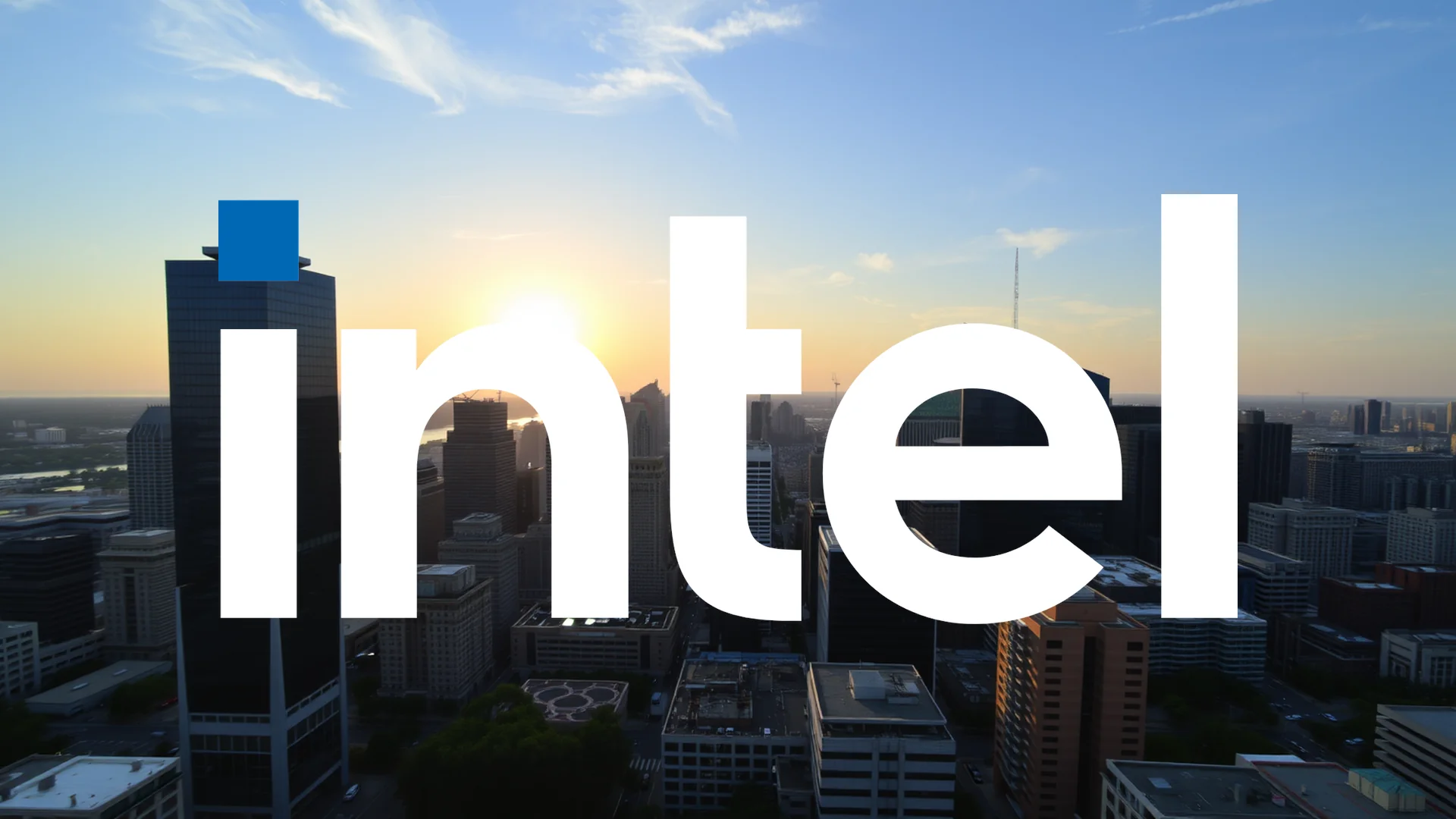Following an extraordinary surge that delivered nearly 100% returns since the start of the year, Intel’s stock is now confronting the downside of its success. The semiconductor company’s shares are experiencing downward pressure as investors scrutinize what many consider a stretched valuation. Market participants are questioning whether the spectacular recovery of this former chip industry leader is due for a pause or if the upward trajectory will continue.
Technical Indicators Suggest Consolidation Phase
From a technical analysis perspective, multiple signals point toward a consolidation period. After doubling from its spring lows and forming a “Golden Cross” pattern in August, momentum indicators are beginning to show signs of exhaustion. The Relative Strength Index reading of 61.8 continues to indicate an upward trend but also warns of potentially overbought conditions.
Mixed Financial Performance Under Scrutiny
Intel’s remarkable climb from its spring lows resembles a textbook corporate turnaround story. The company’s third-quarter results revealed a surprising profit of $0.23 per share, accompanied by revenue of $13.65 billion. Significant cost reduction measures and more focused capital allocation strategies appear to be yielding positive results.
However, beneath these encouraging headlines, significant challenges persist. The company’s Foundry segment recorded operational losses approaching $2.3 billion, while the Data Center business experienced a slight contraction to approximately $4.1 billion. Although the PC market shows signs of recovery, Intel’s long-term strategy remains heavily dependent on successfully executing its ambitious foundry plans profitably.
Wall Street Maintains Cautious Stance
While Intel CEO Lip-Bu Tan presented the company’s artificial intelligence strategy at the RBC conference, analysts at Sanford C. Bernstein remained unimpressed. They reaffirmed their “Neutral” rating with a price target of $35—only marginally above current trading levels. This professional caution reflects broader Wall Street skepticism about whether Intel can continue exceeding elevated market expectations.
Should investors sell immediately? Or is it worth buying Intel?
Consensus ratings effectively remain at “Reduce,” highlighting the disconnect between the dramatic corporate turnaround and the financial community’s restrained assessment. Despite impressive quarterly figures and strategic partnerships, the analyst community continues to maintain a guarded outlook.
Strategic Partnerships Provide Foundation
Multi-billion dollar investments from Nvidia ($5 billion) and SoftBank ($2 billion), combined with government support, are creating the financial bedrock for Intel’s ambitious AI and foundry initiatives. The collaboration with Nvidia could potentially represent a genuine inflection point, with Intel set to develop and manufacture custom data center CPUs incorporating NVIDIA’s NVLink technology.
Even more significant would be volume agreements with technology giants such as Apple and Qualcomm for Intel’s advanced packaging capabilities. Deals of this magnitude would validate the foundry strategy and provide justification for the company’s current valuation.
The Critical Question for Investors
The essential consideration for market participants is whether Intel’s spectacular recovery has already been fully priced into the stock, or if additional upside potential remains. The answer will ultimately depend on the company’s ability to achieve its ambitious foundry objectives while meeting high expectations in an increasingly competitive semiconductor landscape.
Ad
Intel Stock: Buy or Sell?! New Intel Analysis from November 19 delivers the answer:
The latest Intel figures speak for themselves: Urgent action needed for Intel investors. Is it worth buying or should you sell? Find out what to do now in the current free analysis from November 19.
Intel: Buy or sell? Read more here...










